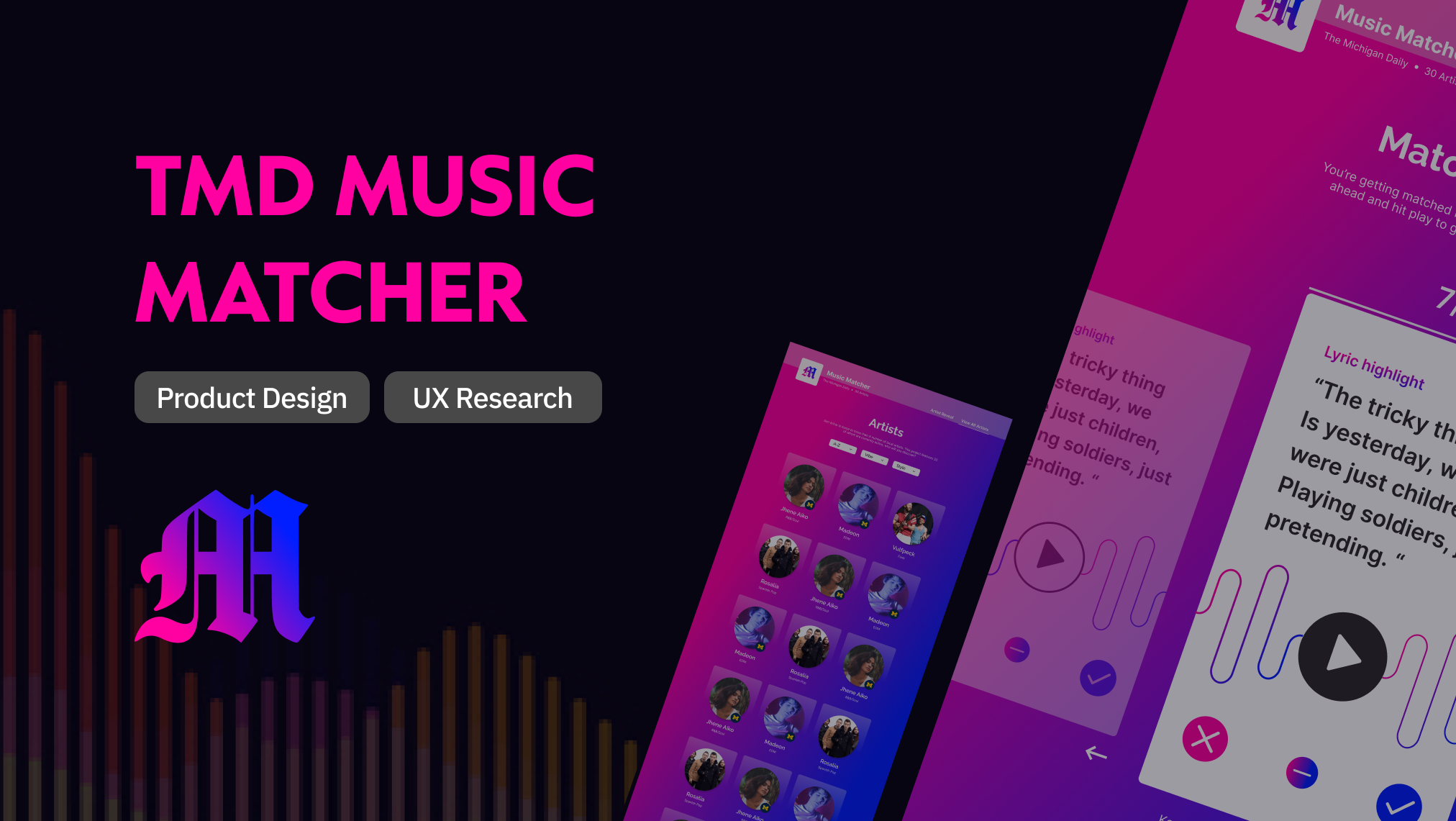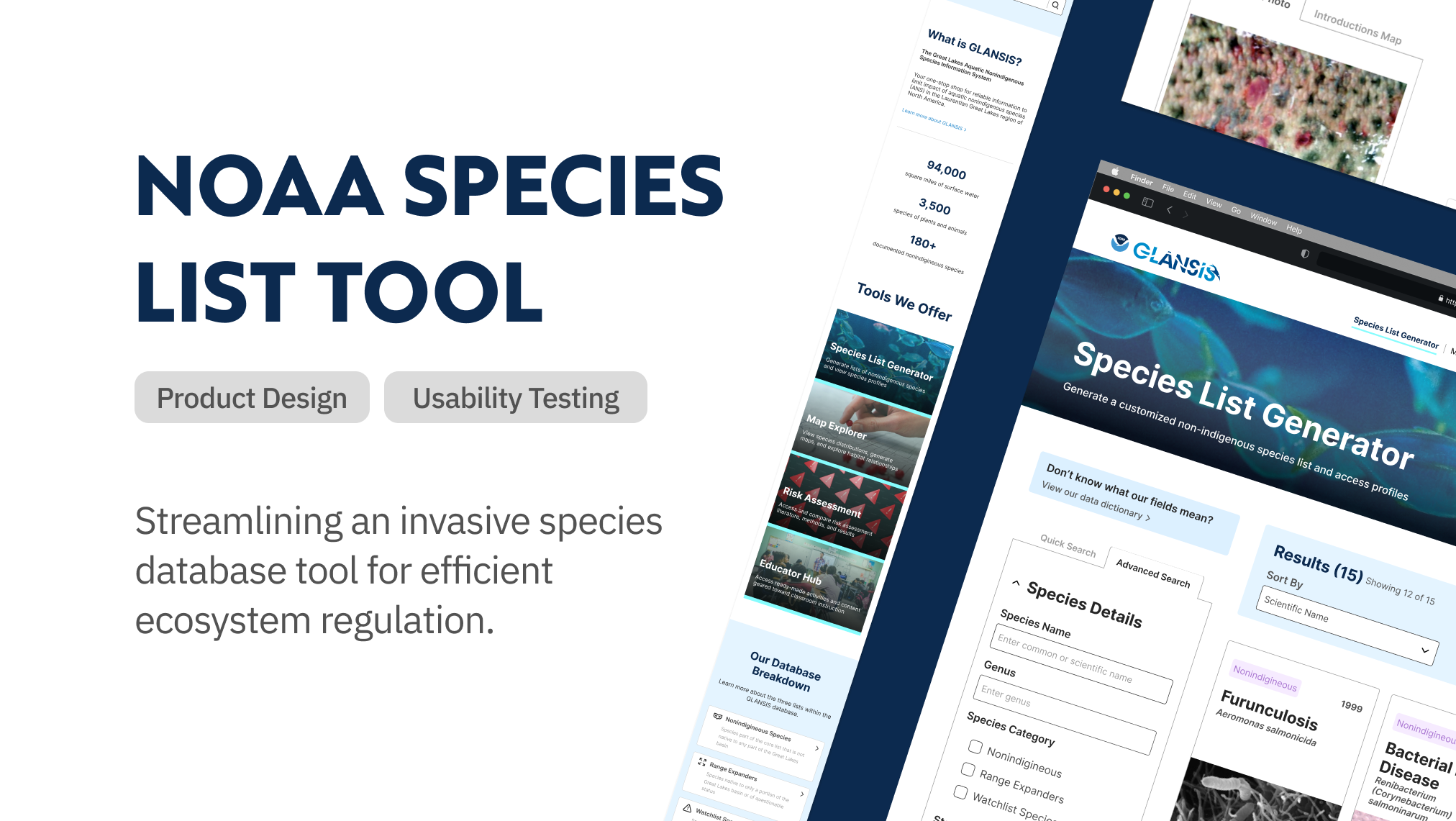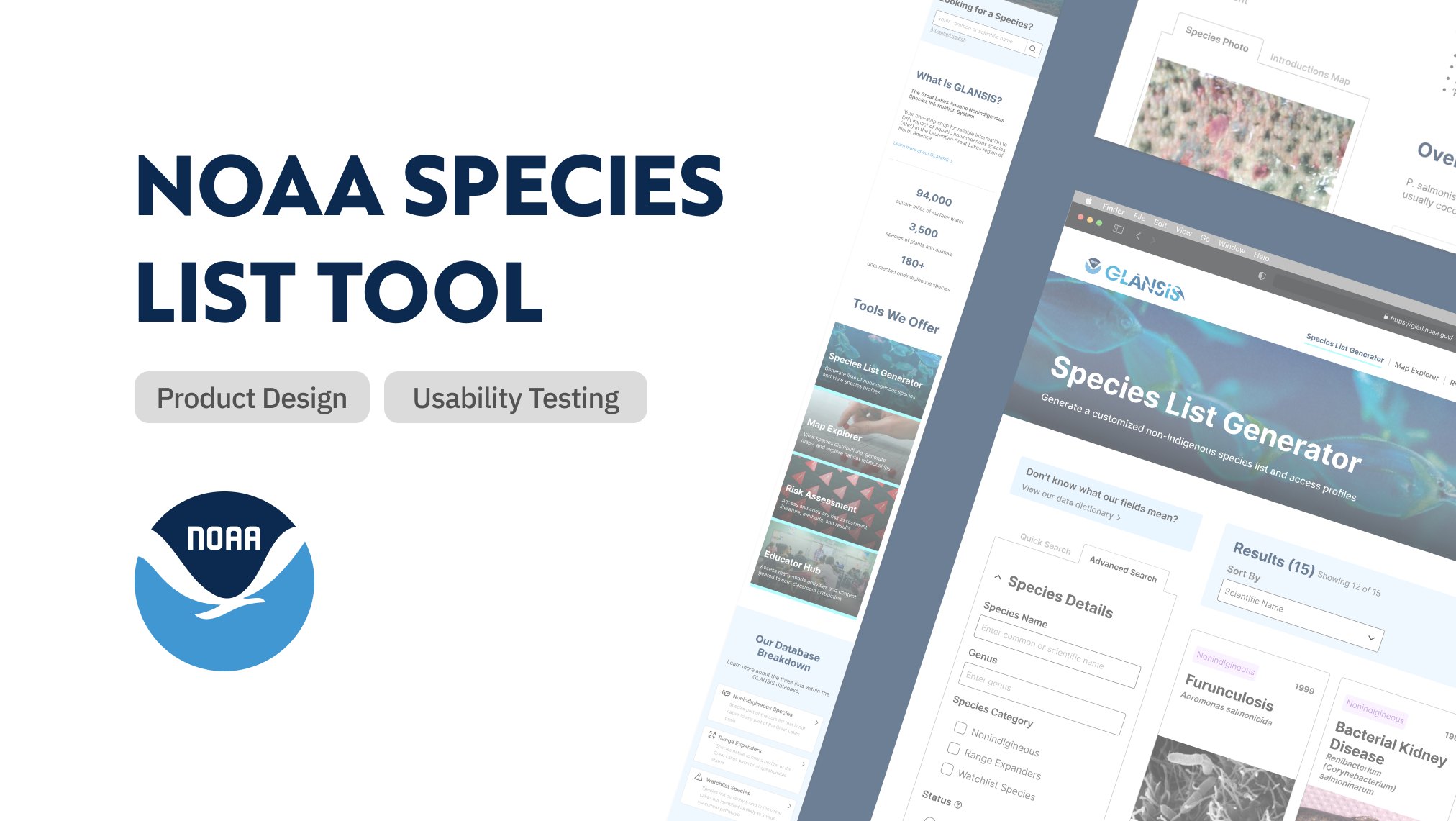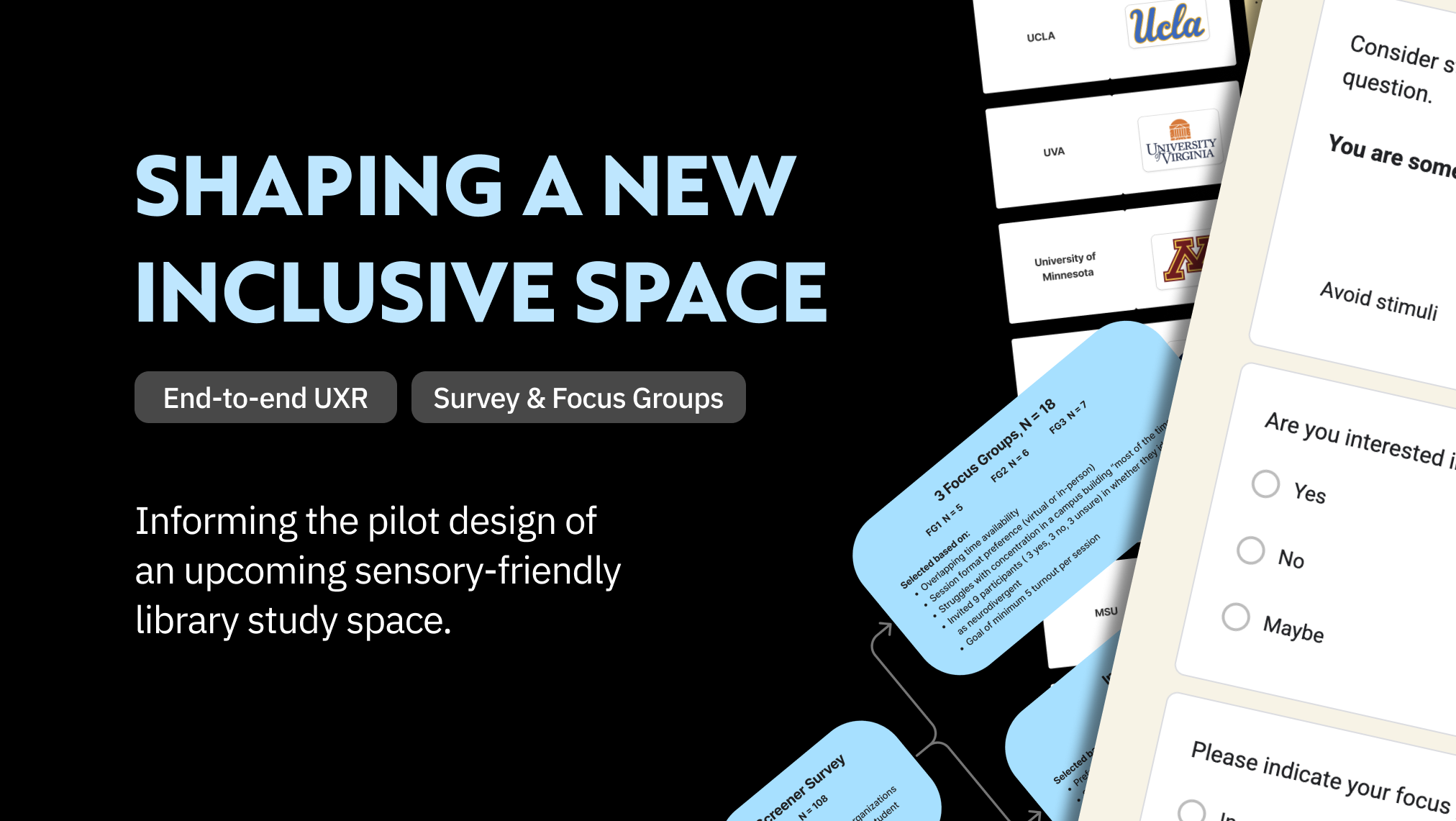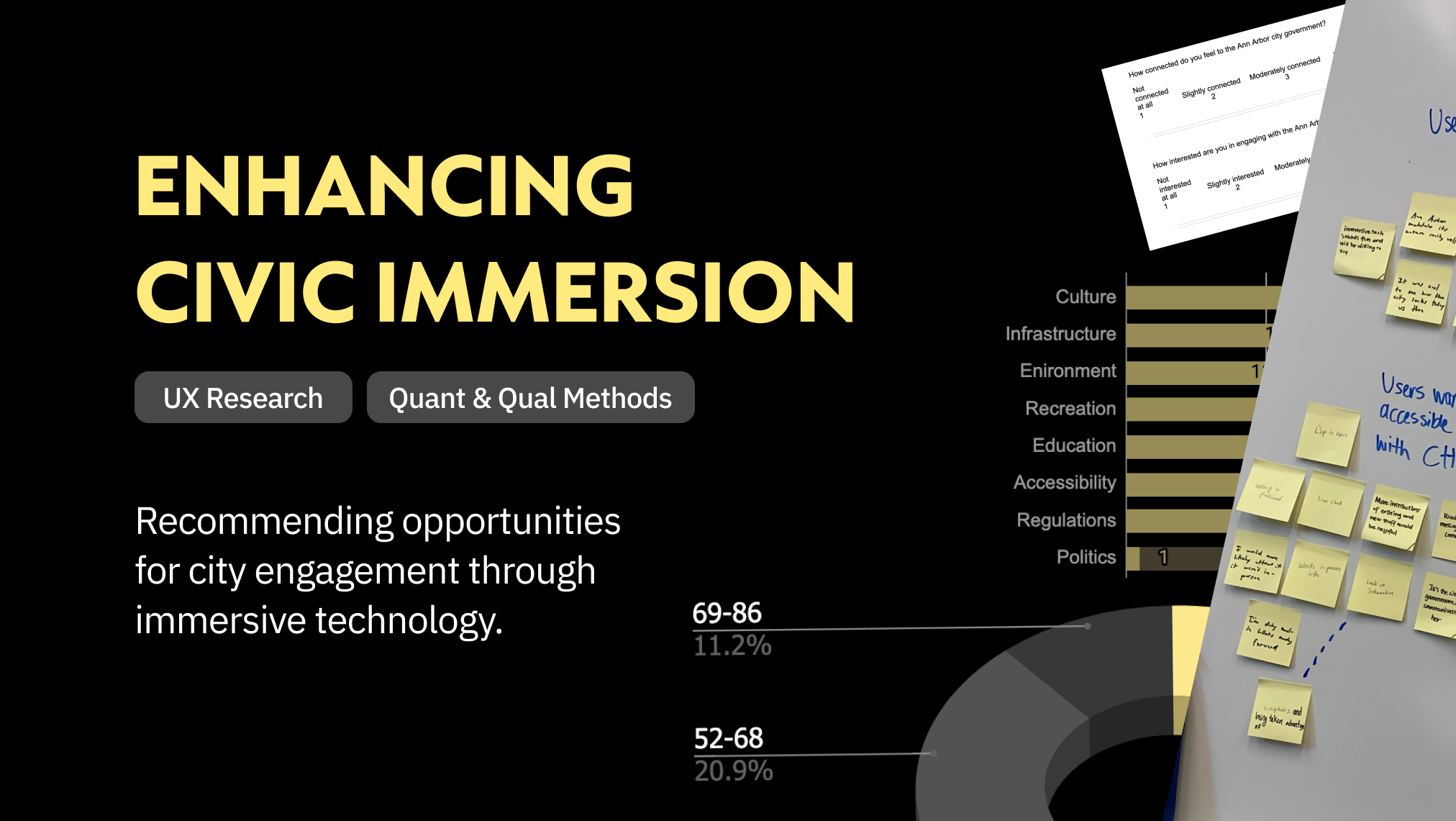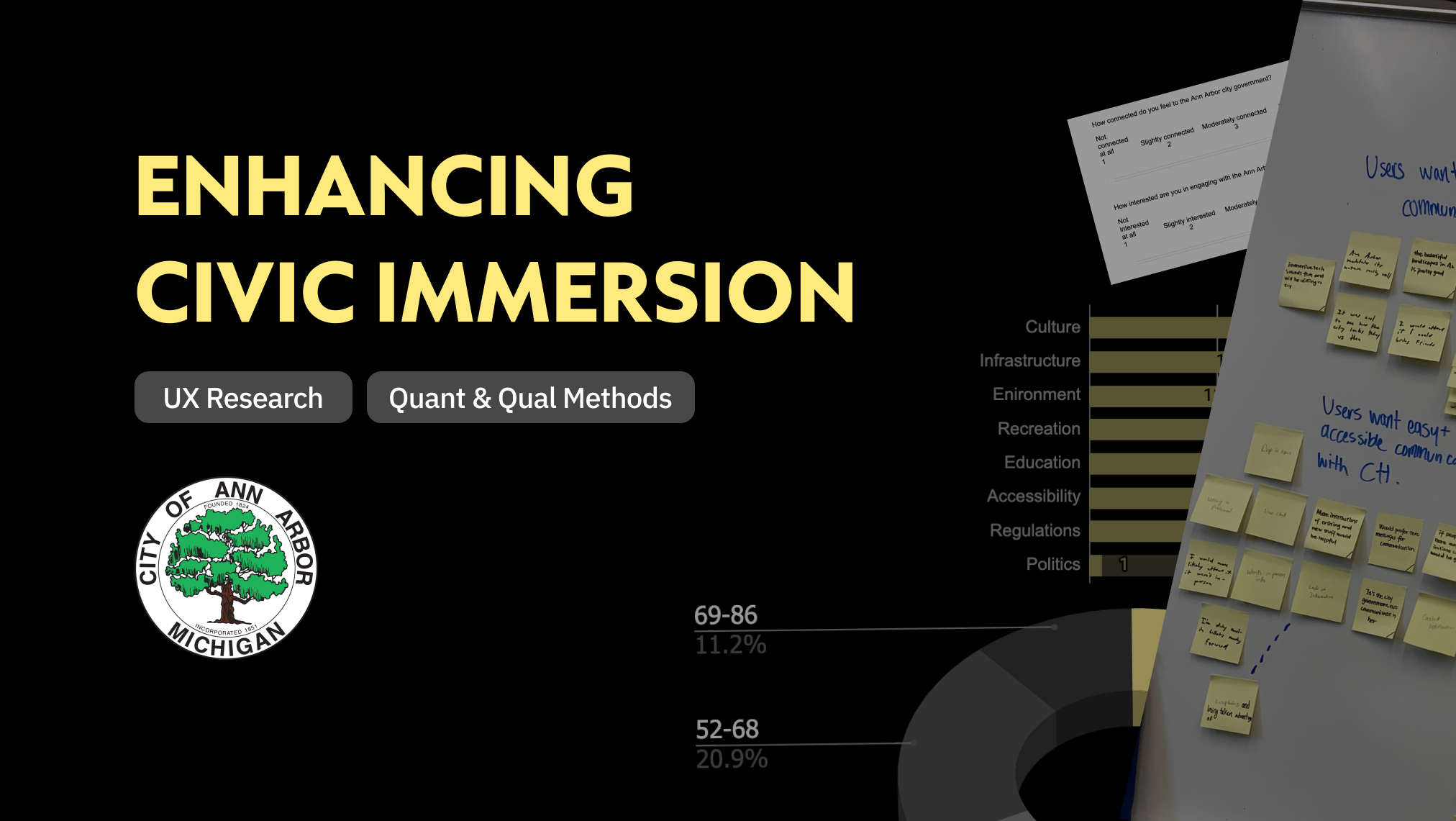Botanibot navigation assistant
Conceptualizing an accessible navigation aid for low vision and blind patrons.
The memorable
"I know it sucks but you will relearn what you used to do in new ways."
It was a piece of wisdom from a blind man who'd comforted another that'd recently lost his vision from Leber Hereditary Optic Neuropathy (LHON), a rare eye disease that causes sudden and permanent blindness. There is vulnerability not only in this quote, but in throughout this project that makes it uniquely human. Let's rewind... how did we get here?
As a course partnership with MBGNA that continued into my fellowship in the summer of 2024, I led 20+ interviews, data analysis, 2 phases of iterative design, and prototyping to propose an accessible navigation tool.
the outcome
Process Overview
shifting perspective
Enter the Shoes of Nancy
Take a moment to unfocus your vision until your surroundings are blobs of color. Now close your left eye as you scan this image of a mall directory, one of the first resources you'd use to orient yourself upon entering.
This visual nature of maps may seem overwhelming. You take your eyes of the map and look around. People, stores, a giant almost infinitely big open space.
This is the shoes of Nancy, an elderly woman with low vision that our group had the pleasure of speaking with. (You can use your eyes as you normally would now.)
Nancy preferred to be accompanied by a sighted individual as public spaces like these are difficult for her to navigate on her own. She recalled standing in front of a mall directory in California when her sighted cousin encouraged her to scan a QR code in the corner. Upon scanning, Nancy hears a voice from her phone:
"You've come in through the North entrance. Approximately 30 yards away to the left is a food court. At the end of the left wing, past the food court is a Macy's."
Nancy turns to her cousin.
"I want to see if I can make it to Macy's and back to you on my own."
And she did.
This QR code might not have transformed the mall experience for most but it was a tool that allowed her to challenge herself in new ways. I recall Nancy telling me, "It was the first time in my life that I'd ever encountered something like this. It was surprising but it was encouraging."
The reality is that such considerations for those with visual impairment are found in bigger cities and establishments, places not available locally.
This project proposes how we can bring this piece of inclusion closer.
defining the problem
The Matthaei Botanical Gardens & Nichols Arboretum (MBGNA), a University of Michigan affiliated multi-climate plant conservatory, has been concentrating efforts to increase physical accessibility despite having set goals to also increase sensory accessibility.
Our team was approached with the design challenge of:
How can MBGNA better serve the population of visitors with differing sensory needs?
Our exploration of addressing sensory inclusion eventually evolved into inclusion for the blind and low vision community from the people we met along the way. Here are some stats we learned:
To understand our problem space, we conducted 15 interviews.
We spoke to 5 low vision and blind community members locally, 7 leads across MBGNA, and 3 disability advocacy and experts. Out of 15 interviews, I led 12 interviews as well as interview analysis that resulted in 2 affinity diagrams.
Low Vision & Blind Community
We asked 2 blind and 3 low vision individuals about their process and preferences for navigating, the role of assistive technology, and their experiences navigating public spaces including our botanical gardens.
Notably, both blind participants relied on environmental sounds to create mental maps. It was also important for all participants to be informed of their environment, including lighting and terrain for safety, whether that be through pre-visit preparation or during navigation.
All participants would rely on a sighted family or friend for verbal descriptions but this comes with drawbacks.
MBGNA Leads & Disability Advocates
We asked 7 MBGNA leads and 3 disability advocates about what aspects of the gardens' accessibility they noticed can be improved.
When prompted for whether there were sensory concerns, participants stated small signage and environmental noise such as equipment and water system. However, we noticed that:
All participants had most to comment on physical accessibility aspects such as terrain and infrastructure.




